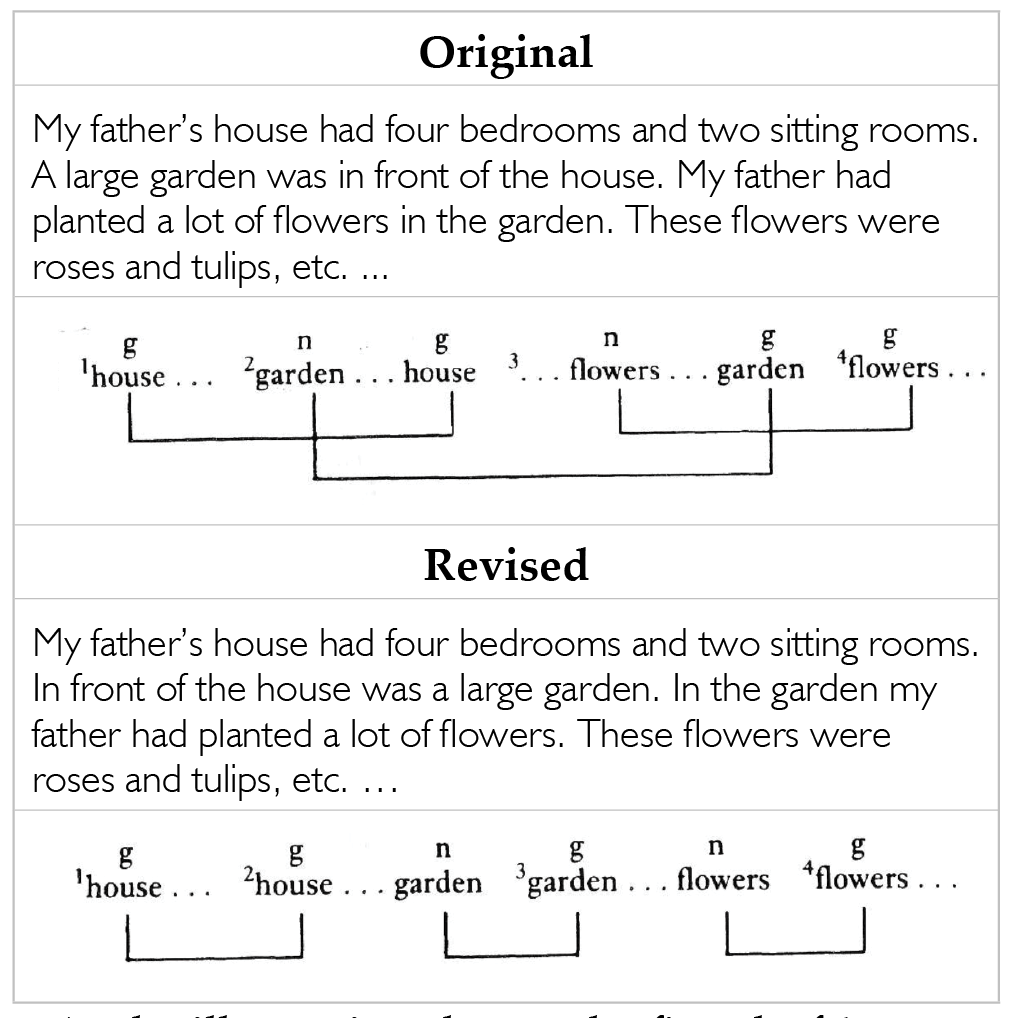What to do if not satisfied with existing measuring instruments? Create your own! This column welcomes submissions proposing new models and formulae to enhance research, and University of Toyama’s Theron Muller has picked up the challenge. Check out his take on fluency assessment, and if you would like to contribute your own ideas for this area or any other, by all means send them here. Everyone benefits from an individual’s creativity!
Searching for a better measure of fluency
As lead editor of the Fluency in EFL book project, I’ve worked with more than a dozen authors whose interests span fluency across all four language skills. Through those interactions I’ve become increasingly disenfranchised with available instruments for measuring fluency, which appear to associate fluency with speed. Whenever I think about my own life experience, I feel there is a disconnect between those measures and what I feel fluency is. For example, if fluent speech means faster speech, then debates from my school years where speakers spoke so fast you couldn’t follow their arguments would be the embodiment of fluency.
But proposing an alternative is difficult. One potential alternative involves viewing fluency as introducing and recycling ideas and concepts. It is based on analysis and comparison of two different drafts of a learner text and how their order of presentation of information differs (Table 1).
Table 1. Two drafts of a learner text & Rutherford’s (1987, p. 69-70) analysis

As the illustration shows, the first draft’s themes overlap which reduces readability. In the latter there is no thematic overlap, which increases readability. My thought for a fluency measure is to create a numerical representation of the thematic organization of discourse in the hopes of creating a more useful measure of productive fluency. While the measure would need to be developed from empirical data, a simple form might simply involve overlaps as a percentage of total textual interconnections, or: Overlaps / Total connections. In Table 1, this would be 1.0 for the original text and 0.0 for the revised text. Eventually, such measures may be incorporated with other measures of fluency, such as writing speed, to create a more robust measurement of overall writing fluency.
Reference
Rutherford, W. (1987). Second language grammar: Learning and teaching. London: Longman.
